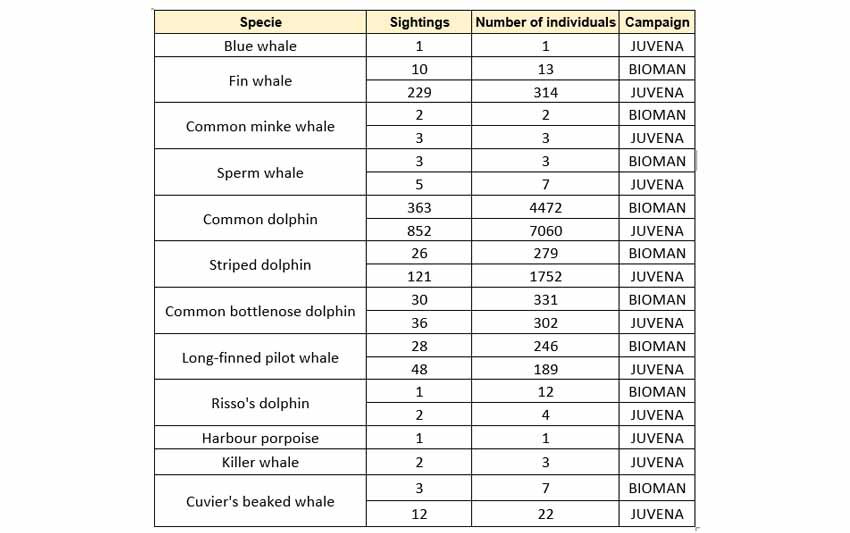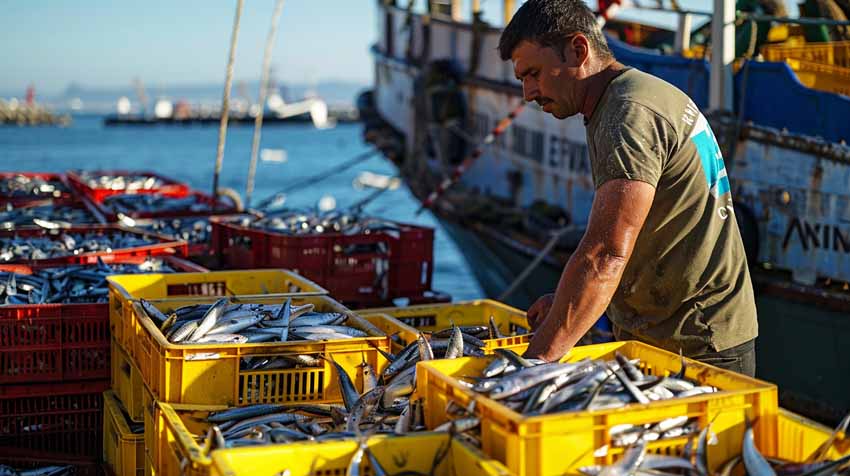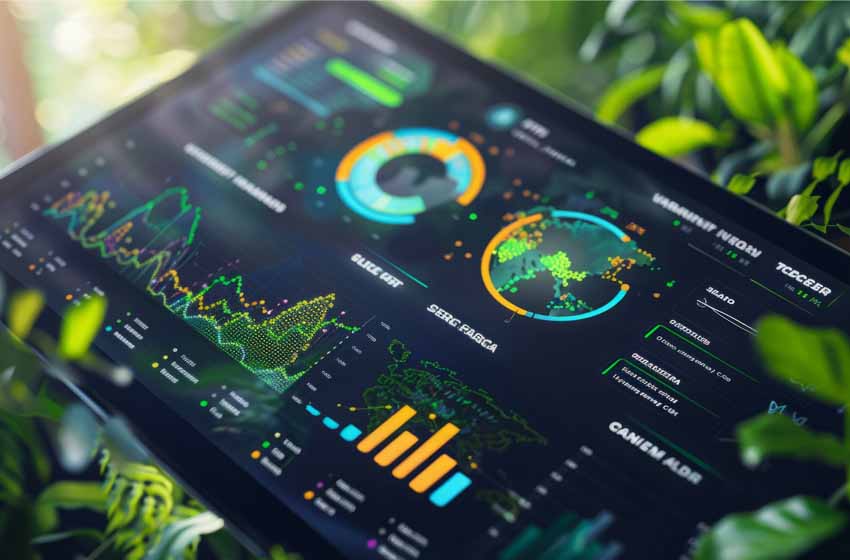Cetaceans in the Bay of Biscay: what have we seen in the oceanographic campaigns?
Últimas noticias
Fisheries Management and Economics: the urgency of a comprehensive data-based approach
Old nets? New rope! European project tackling marine plastics with circular fishing gear and port solutions
AZPilotManager: A breakthrough in the management of R&D tests in the food industry
BIOMAN (spring-May) and JUVENA (summer and early autumn-September) campaigns, carried out in the Bay of Biscay, are meant to improve knowledge for the management of fish species. Over the years, these campaigns have acquired an ecosystemic scope to respond to the demands for information and knowledge of different environmental policies and legislation of the European Union, as well as other international organisations. In this way, they have gradually become multidisciplinary or ecosystemic oceanographic campaigns.
Thus, since 2012 in JUVENA and since 2016 in BIOMAN, these ecosystem campaigns carried out by AZTI include the collection of sightings of marine predators (cetaceans, seabirds, sharks, etc.), human activities and marine litter.
Índice de contenidos
How are sightings conducted?
From an elevated position on the boat two observers gather sightings data of top predators (birds, marine mammals, sharks, etc.), human activities (boats, fishing buoys, etc.) and marine litter. For each sighting, the number of individuals/items, angle and distance of the sighting, GPS position, time, behaviour, direction of movement or presence of young (fauna), etc. are recorded. For each observation period a general assessment of the conditions (wind, waves, sun glare, etc.) is made.
The most commonly sighted species during these oceanographic campaigns in the Bay of Biscay are common, striped and bottlenose dolphins, fin and minke whales and long-finned pilot whales. In addition, other species such as the harbour porpoise, killer whale, Cuvier’s beaked whale, Risso’s dolphin, sperm whale or humpback whale have also been sighted during these campaigns, although their sightings are much smaller.
Summary of cetacean sightings in the Bay of Biscay: 20212-2021
Below is a summary of the cetacean sightings by year collected during the BIOMAN and JUVENA ecosystemic oceanographic campaigns. These data alone do not serve as an indicator of the increase or decrease in the abundance of the species observed, either in the Bay of Biscay or in other marine areas. Obtaining population estimates and trends, although it is based on this type of data, involves sophisticated statistical models in which other types of variables come into play, such as environmental conditions (water surface temperature, biomass of dams, etc.).

If you are interested in cetaceans, Marine Life Project has developed Cetaceans of the World, a mobile application that offers a wealth of information for all whale watchers or nature and wildlife lovers of all ages. You can access the download via this link.







